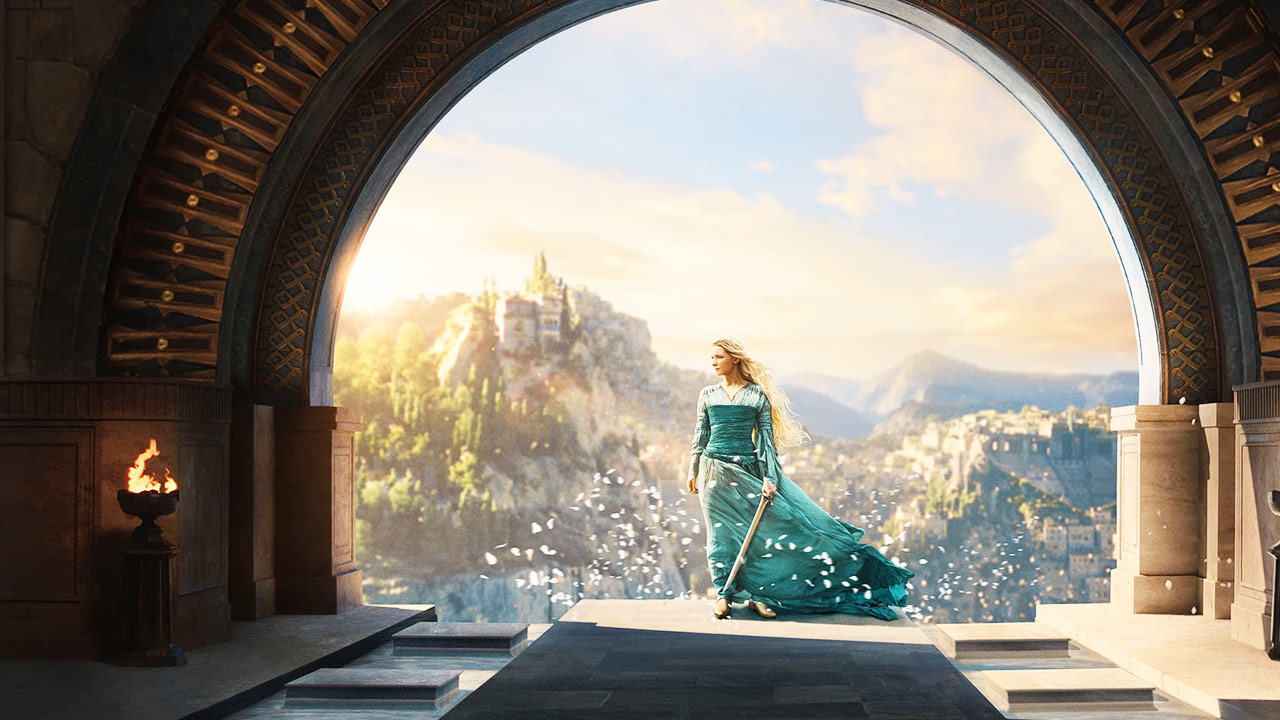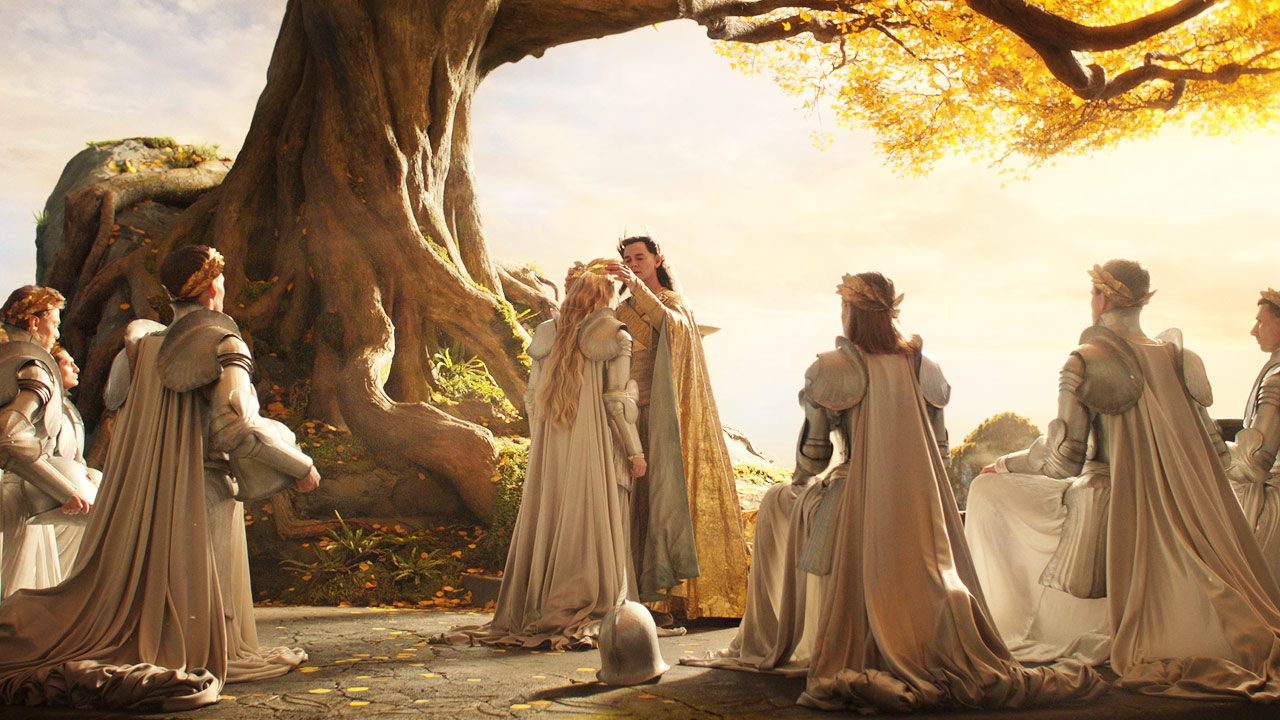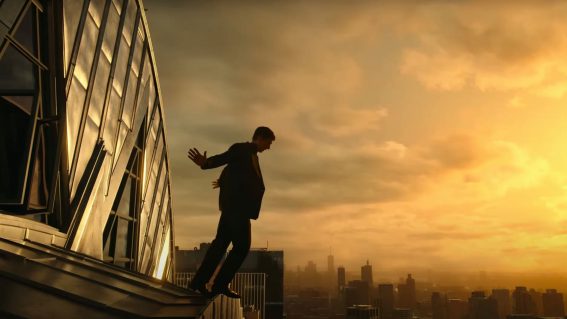First impressions: The Rings of Power recaptures the magic of Middle Earth

Packed with superb world-building, the two excellent opening episodes of The Lord of the Rings: The Rings of Power have just the right amount of swashbuckling and plotting, writes Stephen A. Russell.
“Nothing is evil in the beginning,” muses an armour-clad Galadriel, narrating the stirring opening sequence of The Lord of the Rings: The Rings of Power. Not quite the serene presence we met in the Peter Jackson movies, then played by Cate Blanchett and now by Welsh actor and Saint Maud lead Morfydd Clark, she is thousands of years younger and bitterly mourning the loss of her brother, slain by Sauron during the last great battle of the First Age of Middle Earth. An awe-inspiringly grim early battle sequence, strewn with elven bodies, calls to mind the majesty of John Boorman’s Excalibur as much as it does muddy horror of World War I.
It’s a magnificent set-up for Prime Video’s sumptuous revisiting of revered author J.R.R. Tolkien’s fantasy universe, immediately banishing the tawdry memory of Jackson’s tortuously disappointing The Hobbit trilogy. Centred on the epic Second Age, Sauron has hidden away, sneakily tempting the people of Middle Earth as he plots to forge the One Ring.
While other elves have long-since put this grim past behind them, Galadriel can’t let it go, Sauron having scratched his blasted sigil into her bro’s corpse. A real badass, she commands troops who voyage from their blissed-out home to Middle Earth, where she marches them into the frozen wastelands of Forodwaith. A super-cool sequence scaling an icy cliff face spits them out at the foot of a dark fortress. Galadriel feels validated she’s onto Sauron when they uncover signs of the dark arts, then take down a frankly awesome-looking snow troll. But her command, the snooty elven king (Benjamin Walker), and a relatively smarmy young Elrond (Robert Aramayo stepping into Hugo Weaving’s pointy shoes) refuse to take her seriously. Honestly, men sometimes.
Thankfully the fate of Middle Earth doesn’t rest solely on Galadriel’s shiny pauldrons. The twin opening episodes I gorged on (and they are very, very gorgeous) steadily introduce us to strangers from disparate corners of the continent who will no doubt eventually wind their way towards a new, earlier fellowship. The cutest are the harfoots: ancestors of the Hobbiton lot who get around in a travelling caravan.
Elanor ‘Nori’ Brandyfoot (Markella Kavenagh) is a young woman with itchy hairy feet—the sort that take her into trouble, much to the dismay of her sensible bestie Poppy (Megan Richards). This adorable duo provide great comic relief; also fun is a segue that plunges us into the blinged-out mines of Khazad-dûm. It’s here that Elrond’s chastised by grumpy dwarf buddy Prince Durin (Owain Arthur) for staying away so long.

As goofy as these scenes are, they foreshadow the dark road ahead. Also intriguing is a human village tucked away in the South Lands, where tales of strange disappearances cause consternation, just as their elven protectors (or occupiers, depending on your perspective) are withdrawing at long last. This setting introduces us to the latest swooning human-elf doomed romance, with Ismael Cruz Cordova’s pointy-eared Arondir smouldering for Nazanin Boniadi’s medicine woman Bronwyn.
There’s something iffy going on with Bronwyn’s brooding teenage son Theo (Tyroe Muhafidin), who has a secret thing for a menacing, broken-hilted sword. It whispers and swirls with blackened smoke, leading to a magnificently staged fight that leans into Sam Raimi-esque spooky movie vibes.
Packed to the brim with awe-inspiring mystery, these remarkable episodes are helmed by A Monster Calls director J.A. Bayona. Showrunners John D. Payne and Patrick McKay pen the bracing opener, with Better Call Saul scribe Gennifer Hutchison handling the second. Teasing out the intricacies of character while laying solid world-building foundations, there’s just the right amount of swashbuckling and plotting.
And by Gandalf’s beard the show looks spectacular, with Oscar Faura’s sweeping cinematography bolstered by an army of computer artists making every moment a masterpiece. We haven’t even got to Atlantis stand-in Numenor, and already the scope of this massive-budgeted show astounds. Far from sunk at first light, it’s a glorious return.















